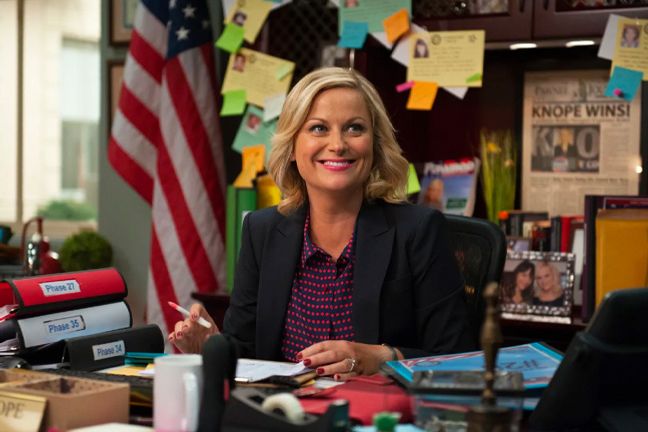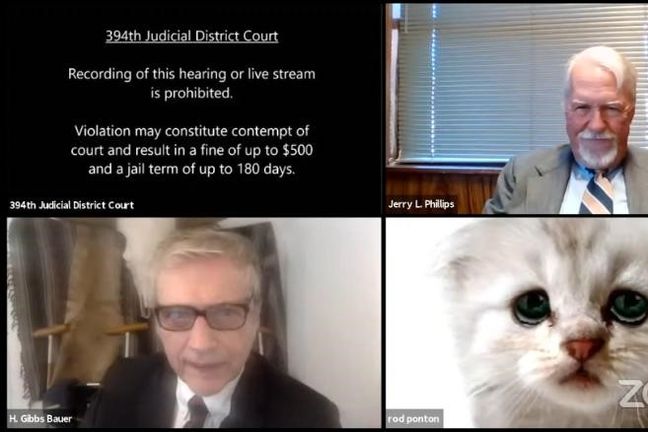Introduction
In the 1920’s, businesses throughout the United States faced a legal dilemma. The federal courts they heavily relied on to resolve various disputes and enforce contracts were painfully overcrowded and difficult to navigate. As a result, businesses turned their reliance to arbitration agreements in which they agreed to submit their disputes for binding resolution to a third party who was generally an expert in their industry. However, the courts thwarted arbitration as they refused to enforce arbitration agreements.
In response, Congress passed the Federal Arbitration Act of 1925 (“FAA”). This law made “valid, irrevocable and enforceable” arbitration agreements with few exceptions. Experts on the Federal Arbitration Act of 1925 now say this law has taken on a life its drafters never imagined especially in the employment arena.
Establishing Arbitration Agreements
At the time the FAA came into existence, the federal court system was complex and overburdened. The United States Supreme Court lacked organization as it had not yet adopted the Federal Rules of Civil Procedure. Federal courts adopted practices of their local state court but often loosely. They typically followed different rules from one district to the next district. Prohibition-related suits were consuming the federal courts’ dockets, accounting for approximately two-thirds of these federal courts’ case load. Nonetheless, federal judges often chose not to enforce parties’ arbitration agreements. The judges instead forced the cases to remain in court.
However, when the FAA went into effect, the act’s operative section read that “a written provision in any maritime transaction or a contract evidencing a transaction involving commerce” to settle deal-related disputed in arbitration should be enforced in court “save upon such grounds as exist at law or in equity for the revocation of any contract.” The act listed “maritime transactions” as covered. It defined “commerce” as that crossing lines between the United States, territories, and foreign countries. Further, it also exempted the employment contracts of “seamen, railroad employees or any other class of workers engaged in foreign or interstate commerce.”
Proponents of the FAA were New York and U.S. Chambers of Commerce. These proponents sought to empower businesses to have an alternative option to court and make their agreements to do so enforceable.
Favoring Arbitration
For approximately the next sixty years after the FAA’s passage, federal courts read the Act to apply only to contractual or transactional disputes brought in federal court. This, however, changed in the mid-1980s when the United States Supreme Court recognized the FAA as adopting a national policy favoring arbitration.
In fact, the Supreme Court explained this in the 1984 decision in Southland Corp. v. Keating (1984) 465 U,S, 1. The Keating case was a landmark ruling which decided the FAA applies in state court. Southland, as the 7-Eleven convenience store chain’s parent was then known, had appealed a California Supreme Court decision which blocked it from making franchisees arbitrate claims under the state’s Franchise Investment Law. The California Supreme Court relied on a provision in the state law which required disputes brought under it be decided in court. The U.S. Supreme Court rejected this decision. It placed the FAA above conflicting state laws and extended its reach into state courts.
The Supreme Court later further expanded the FAA. It laid the groundwork for an explosion in employment-related arbitration agreements in Mitsubishi Motors Corp v. Soler Chrysler-Plymouth, Inc. (1985) 473 U.S. 614.. In Mitsubishi Motors, the Supreme Court determined the FAA applied to statutory claims. Before Mitsubishi Motors, the courts had generally limited arbitration to contractual disputes. However, the court’s decision to read a car dealership’s arbitration agreements to encompass antitrust claims exposed a new class of disputes to mandatory arbitration. Mitsubishi Motors was one of several cases which served to flesh out the Federal Arbitration Act’s power over statutory claims.
The Rise of Arbitration in Employment Suits
The Supreme Court eventually applied the Mitsubishi standard in the employment law area. As such, in 1991, the Supreme Court decided Gilmer v. Interstate/Johnson Lane Corp (1991) 500 U.S. 20, which held that employees can agree to arbitrate Age Discrimination in Employment Act claims. Ex-Interstate/Johnson Lane securities broker Robert Gilmer appealed a Fourth Circuit decision making him arbitrate his claims regarding age discrimination. The appeals court determined nothing in the ADEA suggested Congress did not want age bias claims arbitrated and the high court agreed.
The issue of arbitration of employment-related claims returned to the high court in the 2001’s in Circuit City Stores, Inc. v. Adams (2001) 532 U.S. 105. In this case, the court looked at whether the FAA’s exemption for “seamen, railroad employees, or any other class of workers engaged in foreign or interstate commerce” covers workers generally. The justices decided it did not and reasoned that ruling otherwise would make Congress’ explicit exclusion of seamen and railroad workers superfluous. The court continued to issue rulings strengthening arbitration agreements, including 2011’s AT&T Mobility v. Concepcion (2011) 563 U.S. 333 which nullified state laws banning contract provisions blocking class arbitration. The number of workers signing arbitration agreements increased exponentially. In 1992, only 2% of workers were covered by mandatory arbitration agreements. By 2017, more than 50% of worker were covered by mandatory arbitration agreements which preclude them from filing class actions.
Conclusion
Given the existence of a national policy supported by case law favoring same and the many benefits to litigating a dispute outside of court, having workers agree to mandatory arbitration is generally a good idea. However, the enforceability of such agreements is subject to ever-changing law and therefore dispute. In order to effectively navigate such agreements, a lawyer should be consulted before drafting an arbitration agreement and presenting it to workers for signature.

 Author: Rachel Donnelly
Author: Rachel Donnelly
 Cannabis Workers Allege Quota to Trim 4 Pounds a Day Violates the California Labor Code
Cannabis Workers Allege Quota to Trim 4 Pounds a Day Violates the California Labor Code
 The Ninth Circuit Reminds Us: Every Word Matters
The Ninth Circuit Reminds Us: Every Word Matters
 NO WAY, PRO SE! The Consequences of Abusing the Judicial System as a Pro Se Litigant in Colorado
NO WAY, PRO SE! The Consequences of Abusing the Judicial System as a Pro Se Litigant in Colorado
 Victim of Financial Mismanagement or Unlawful Retaliation? New Jersey City University Program Founder Claims School Retaliated After Reporting Alleged Sexual Harassment
Victim of Financial Mismanagement or Unlawful Retaliation? New Jersey City University Program Founder Claims School Retaliated After Reporting Alleged Sexual Harassment
 “Real Housewives” Gets a Reality Check
“Real Housewives” Gets a Reality Check
 Missing a Chapter: Insufficiency of Expert Deposition Testimony in Medical Malpractice Litigation
Missing a Chapter: Insufficiency of Expert Deposition Testimony in Medical Malpractice Litigation
 Crash Course: Why Summary Judgment Misses the Mark in Illinois Multi-Cause Limousine Crash Collision
Crash Course: Why Summary Judgment Misses the Mark in Illinois Multi-Cause Limousine Crash Collision
 Bitter Truths: Lead, Cadmium, and Defective Pleadings in California Chocolate Class Action
Bitter Truths: Lead, Cadmium, and Defective Pleadings in California Chocolate Class Action
 The Law of Unintended Consequences: Including Insurance Brokers in Litigation Strategy Communication May Waive the Attorney-Client Privilege
The Law of Unintended Consequences: Including Insurance Brokers in Litigation Strategy Communication May Waive the Attorney-Client Privilege
 You Poetic, Noble Land Mermaid: A Celebration of “Galentine’s Day”
You Poetic, Noble Land Mermaid: A Celebration of “Galentine’s Day”
 A Tell-All Article on Written Discovery Objections
A Tell-All Article on Written Discovery Objections
 The Wave of Recent COVID-19 Litigation and Trends to Watch For
The Wave of Recent COVID-19 Litigation and Trends to Watch For
 How to Avoid Appearing as a Cat and Other Helpful Virtual Deposition Tips
How to Avoid Appearing as a Cat and Other Helpful Virtual Deposition Tips
 California Court Refuses to Reduce a $9.25 Million Award
California Court Refuses to Reduce a $9.25 Million Award
 Discovery of Litigation Funding Documents
Discovery of Litigation Funding Documents
 Autonomous Vehicle Legislation
Autonomous Vehicle Legislation
 Recent Discovery in Injuries Stemming from “Vaping”
Recent Discovery in Injuries Stemming from “Vaping”